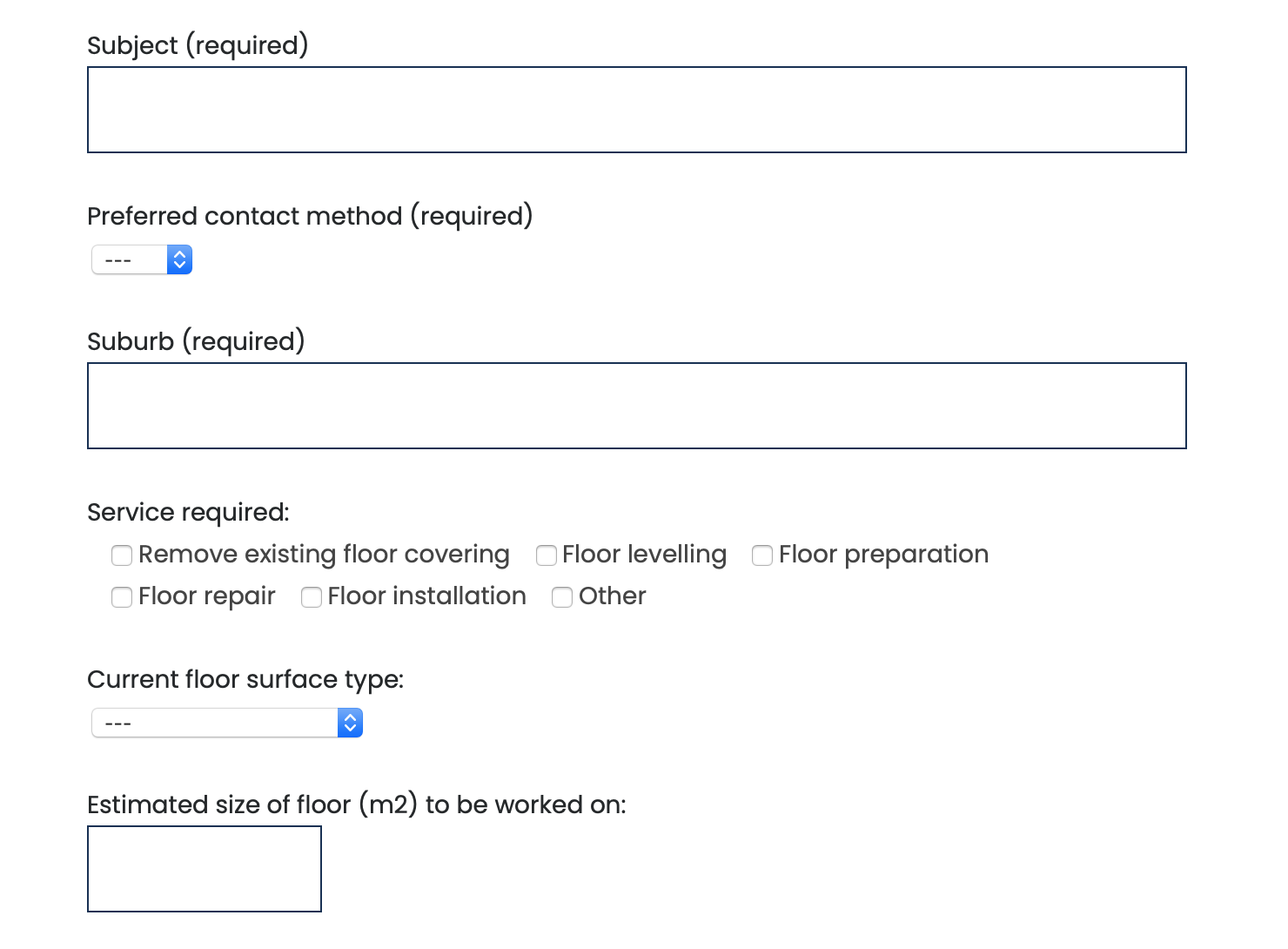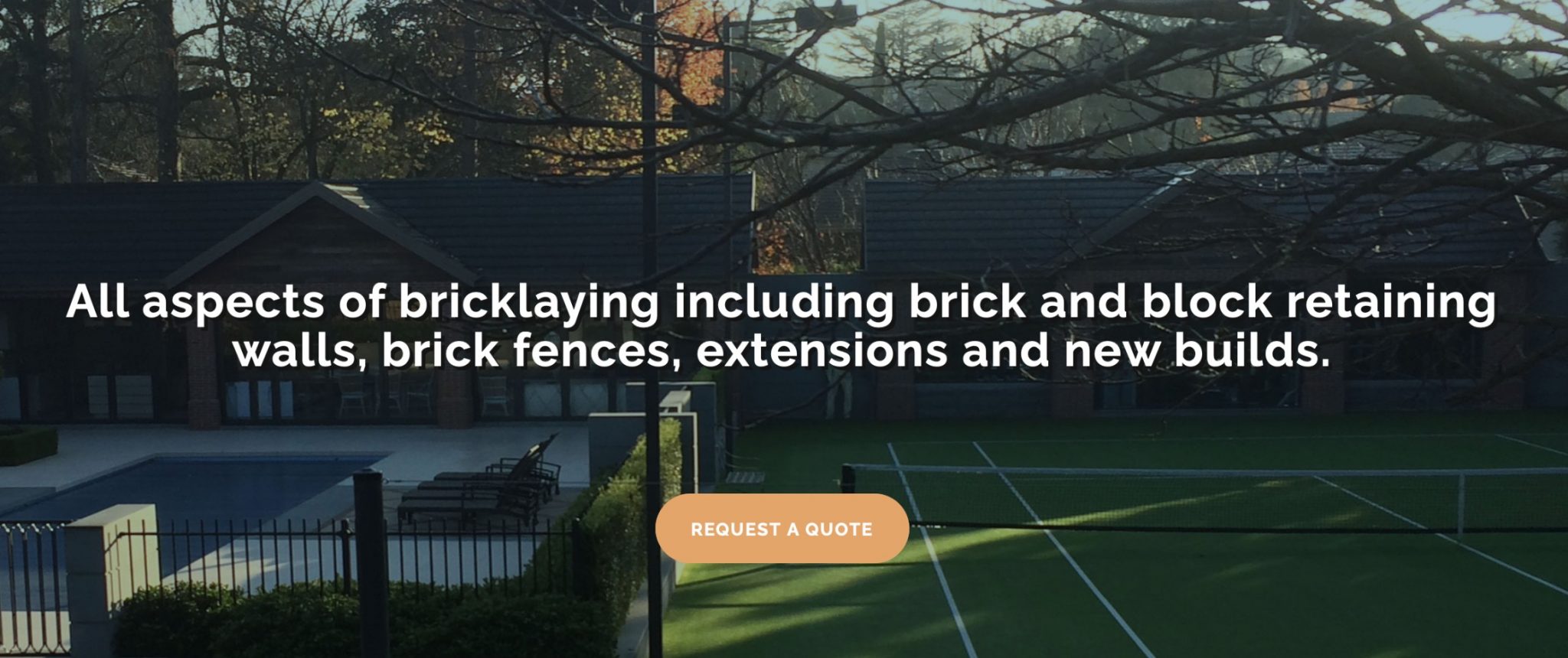There are all sorts of clients out there. There are excellent, good, bad and nightmare clients with everything in between. As a tradie, you can’t necessarily help what type of clients you get, however, you can alter the outcome of working with them.
I will outline some really simple steps to managing clients during different stages and how to best get a result that works for everyone as well as making sure the client doesn’t jeopardise your work or process.
Pre-Engagement
Online presence
Before you even turn up, allow your digital presence to do some heavy lifting for you. Recent research from rate and review site True Local shows that nearly 66% of Aussies check a business listing and read up to five reviews before making a decision.
So you need to show them what you can do. The best way to do this is to show them before and after photos, and some positive testimonials from your previous clients. This will do several things for you, it will show solutions you have provided to clients, the scale of previous projects undertaken and the look of finished work undertaken. It sets expectations.
It’s even a good suggestion to, when relevant, refer back to your website and see if what a potential future client wants is similar to a past job in terms of look or scale. It allows you to get on the same page as your client and show you understand what they want.
With this technique make sure that you take lots of pictures of the projects that you’ve worked on and get lots of testimonials from your previous clients. People want to get a sense of your work and who you are before they invite you into their home. This can be a really easy step to prove your skills and put you ahead of the competition.
Improve your online quote/contact form
Gone are the days when you can expect to get anywhere with a name, contact number, email address and message box. Sure you will get some people submitting this information, but as True Local’s research has shown that 3 in 5 Australians still don’t know which questions to ask in order to separate a good tradie from a bad one. It works the other way too, a tradie won’t know how serious a client is without getting more information.
Consider that you obviously know more about your trade than the client does, so prompt them and direct them to provide you with information that is helpful to you via a contact or quote form. Consider things relevant to your quote, how many m2 is the area? Is there car access? Is there a time-frame for when it needs to be completed by? Have them upload some photos to provide you with some context etc.

*image of our client’s website form at Super Flat Floors
Also, allow the client to choose how they want to communicate with you. This can be simple with text, call, email options etc. How people communicate and prefer to work will decrease the potential barriers to the client. I know I would rather text than call someone and will often put off a call for a couple of hours, whereas a text I will send without thinking. Your clients may be the same. The more communication had, the better chance you’ll understand your client.
During Engagement
Set realistic expectations
Some clients expect the best quality work to be undertaken quickly and for the cheapest price. This may mean they don’t have realistic expectations on quality, timing or price, and it’s your job to realign their mindset and reset their expectations. If left unchecked through poor communication on your part, this is a problem waiting to happen.
It’s crucial to remind these clients that anything is possible, but there is a price and time attached. You can’t have all three elements of the above requests.
Align price expectations by quoting accurately
These days you are rarely the only quote someone gets, so the client will compare you directly with your competition. Remember that if you quote low and undercharge the client, they may think you’re not as good, whereas if you quote high and overcharge they might feel like they’re getting ripped off. Just quote what the work is worth and you can’t go wrong. If you miss out on a project from being honest, did you really want to undertake that job if you’re undervaluing yourself?

*image of our client’s quote request button at SS Bricklaying
Expectation Management
Quite often you will only meet your client once so it’s important to do what you said you were going to do and trust the client will do the same thing.
It’s important to communicate clearly and set expectations for your client. For example, saying “I’ll get that quote to you in the next few days” is nowhere near as good as “by COB tomorrow you’ll receive the quote”. In the first scenario you might be thinking 5 days, the client might be thinking 3.
By providing a proper cut off point in the second scenario, this means the client knows to wait until the close of the 2nd business day, they’re not indecisive about whether to call you or chase you after one day. You have already set an expectation and you will follow through with it. You, therefore, won’t have to take a phone call or email from your client chasing up the invoice.
Undertaking the Project
Value your time
You don’t want to hear ‘oh while you’re here can you just?…’ or have a quoted job suddenly double in size or complexity after you’ve already started or turned up on location. Time is a very expensive resource that you can never get back. You don’t want to just give away your time for nothing or at a discount. It’s always good to be agreeable and to help clients with what they need, however, if elements of the job change on the fly, you simply need to let the client know that there will be a variation to their original quote and what price will be added on. Being upfront and not altering what you are doing until they agree with a fee is crucial.
Final Word
Eliminating bad clients should be a goal of every tradie. You’ll never be able to do this 100% of the time, however if you find you are attracting a lot of clients that are hard to work with, you need to ask yourself how you ended up working with them in the first place. What is your website saying about you, is your contact/quote form asking the right things? Where are the gaps in your own processes?
Just remember, happy clients are the best marketing you can have.



